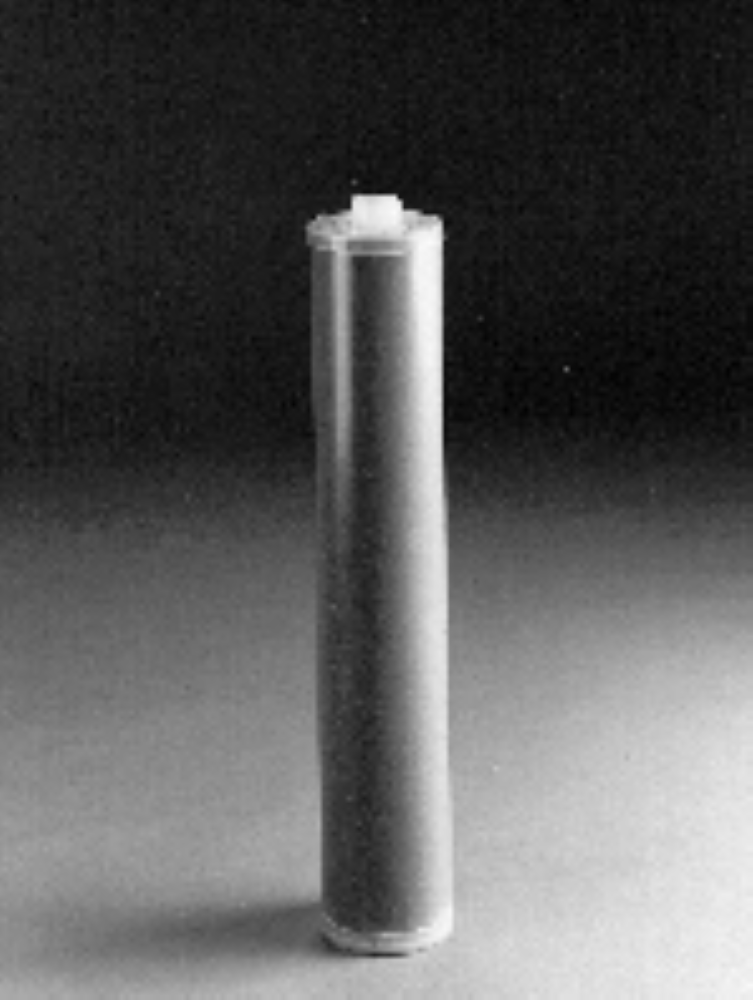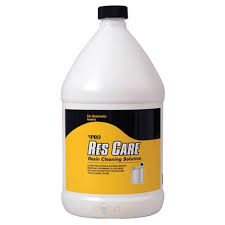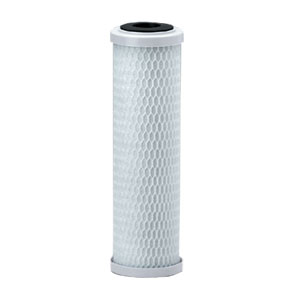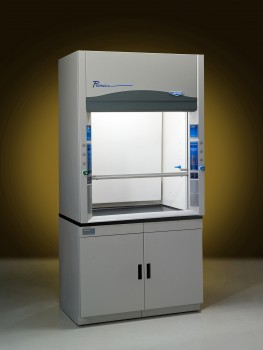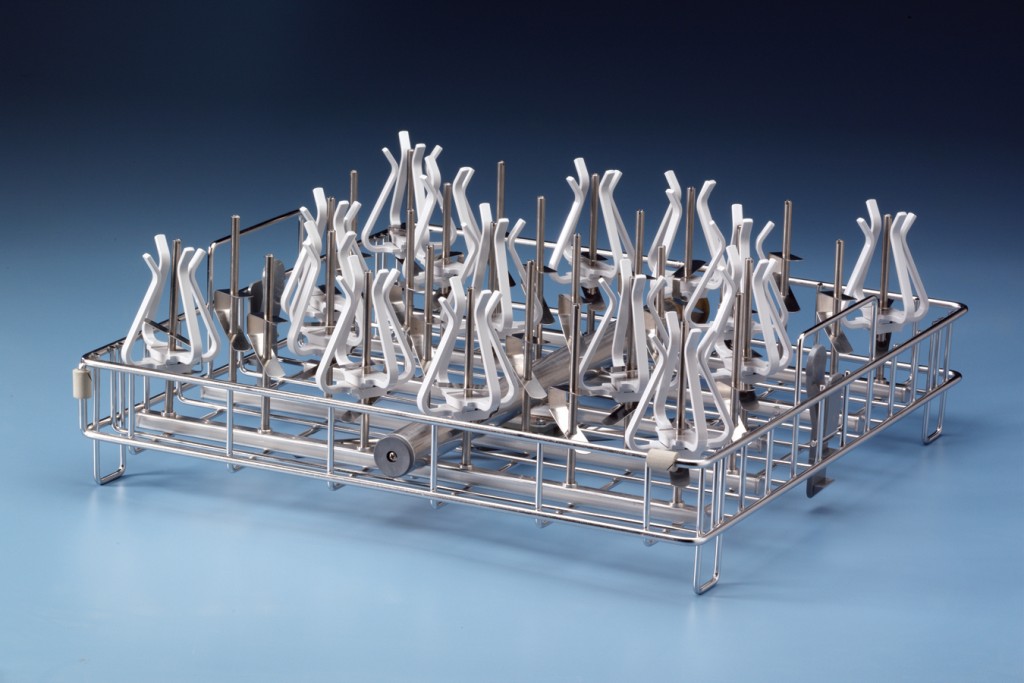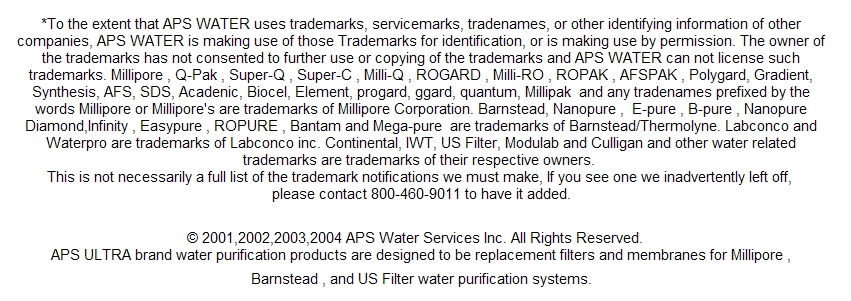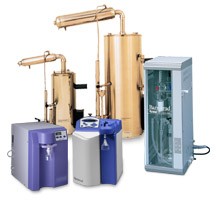 |
Need a New Laboratory Water System?
We have many to choose from. We can save you thousands on
Complete Systems and replacement filters for most brands. |
Lead and Drinking Water from Private Wells
What is lead?
Lead is a naturally occurring bluish-gray metal found in small amounts on the earth’s outer layer. Lead can be found in all parts of our environment. Much of it comes from human activities including burning fossil fuels, mining, and manufacturing.
Lead is found in many different materials. Batteries, ammunition, metal products such as solder and pipes, and devices to shield X-rays all contain lead. Because of health concerns, the amount of lead found in gasoline, paints and ceramic products, caulking, and pipe solder has been reduced in recent years. As a result, the amount of lead in our blood now is much less than it was 30 years ago.
How can I be exposed to lead?
Lead is found in much of the environment, and people are exposed to lead from a variety of sources every day. Although lead has been used in numerous consumer products, the most important sources of lead exposure to the general population are:
Outdoor air from vehicle emissions and other sources
Soil and dust (indoor and outdoor) contaminated by the lead in the air.
*Food contaminated by lead in the air or in food containers such as lead-soldered cans.
*Water from corroded pipes.
*Paint that contains lead.
It is estimated that lead in drinking water contributes between 10%-20% of total lead exposure in young children. Food is the greatest single source of lead exposure for the average adult. In the past few years, federal controls on lead in gasoline have significantly reduced total human exposure to lead.
Where and how does lead get into drinking water?
Lead rarely occurs naturally in water; it usually gets into the water from the delivery system. Service connections, pipes, solder, and brass fixtures are all parts of the water delivery system that can contain lead. Reactions between the water and these parts can cause corrosion and cause the lead to get into your water.
What are the symptoms of lead exposure?
Lead that is absorbed by the lungs and the digestive tract enters the bloodstream and travels to other parts of the body. Lead can affect almost every organ and system in the body. Young children, infants, and unborn babies are particularly at risk of lead poisoning. Having too much lead in your blood may cause anemia, a disorder of the blood. It can also damage the reproductive system in men. At high levels, lead may decrease a person’s reaction time; cause weakness in fingers, wrists, or ankles; and affect their memory. It can also cause serious damage to the brain, kidneys, nervous system, and red blood cells. The connection between these effects and exposure to low levels of lead is unclear.
What should I do if I have concerns about lead exposure?
See your health care provider to discuss your concerns.
How is lead exposure diagnosed?
A blood test is available to measure the amount of lead in your blood and to estimate how much lead you have been exposed to. Blood tests are commonly used to screen children for lead poisoning. Lead in the teeth and bones can be measured with X-rays, but this test is not as common.
What is the treatment for lead exposure?
The main treatment for lead poisoning is to stop the exposure. Removing lead from a person's environment helps decrease blood-lead levels. The longer you are exposed to lead, the more likely health damages will occur. In some cases, medications are used to lower blood-lead levels.
How do I remove lead from my drinking water?
First, try to identify and remove the lead source. Check both the well and the pump for potential lead sources. A licensed well water contractor can help you determine if any of the well components are a source of lead.
Please DO NOT heat or boil your water to remove lead. Because some of the water evaporates during the boiling process, the lead concentration of the water can actually increase as the water is boiled.
If it is not possible or cost-effective to remove the lead source, flushing the water system before using the water for drinking or cooking may be an option. Any time a particular faucet has not been used for several hours (approximately 6 or more), you can flush the system by running the water for about 2-3 minutes or until the water becomes as cold as it will get. Flush each faucet individually before using the water for drinking or cooking. You can use the water flushed from the tap to water plants, wash dishes or clothing, or clean. Avoid cooking with or drinking water from hot water taps because hot water dissolves lead more readily than cold water does.
You may also wish to consider water treatment methods such as Reverse Osmosis, distillation, and carbon filters specially designed to remove lead. Typically these methods are used to treat water at only one faucet. Contact your local health department for recommended procedures. If you want to know more about these filters, please contact NSF International, an organization for public health and safety through standards development, product certification, education, and risk management.
NSF International
3475 Plymouth Road
P.O. Box 130140
Ann Arbor, Michigan 48113-0140
Phone number: (877) 867-3435
Web site: http://www.nsf.org
Revised Summer 2003
http://www.cdc.gov/ncidod/dpd/healthywater/factsheets/lead.htm
|

Images are representative of the products. Images may or may not be of the actual product. If it is important e-mail us for an actual image if available.
* Flat Rate UPS shipping when able to ship via UPS and is in the USA excluding Hawaii and Alaska.
Larger Items may not be able to ship via UPS, in that case freight charges will be quoted seperately.
International shipping will be quoted after the order is placed. You will have the opportunity to cancel before we finalize your order.
Terms and conditions
Credit Application
Privacy
Policy
Google Apps
List All Products
|





